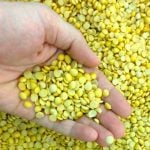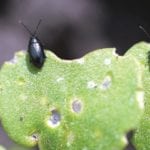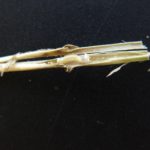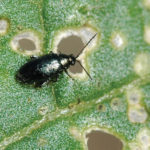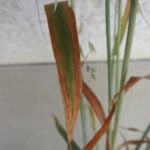Diseases: No disease incidents reported this week. Insects: Flea beetles and cutworms continue to be the main insect concerns. Flea beetles are a concern in many canola fields and foliar insecticide applications are occurring in many areas. There has also been some reseeding of canola because of flea beetle feeding. Now that cutworms are getting larger and their feeding more prominent, some economic populations have been


